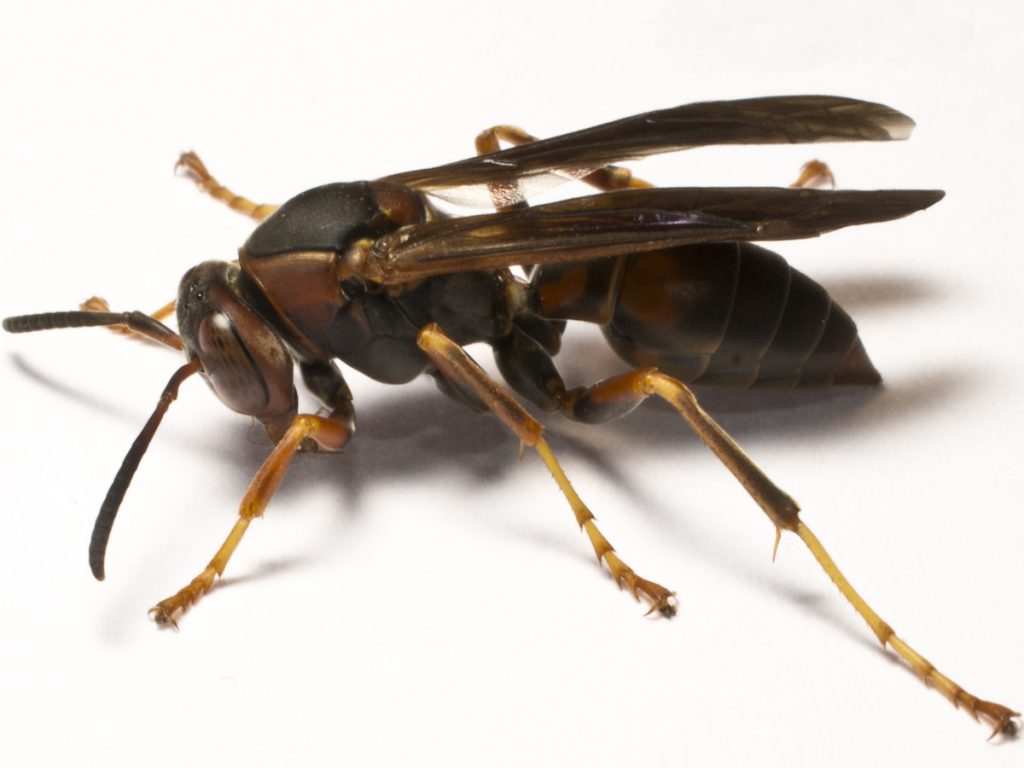This article contains affiliate links. If you make a purchase after clicking on a link I may earn a small commission at no extra cost to you.
INSECT ALLERGY
Allergic reactions to insect stings are another common reason for referral to medical centers for both adults and children.
These patients typically present with a typical acute IgE-mediated allergic reaction usually within minutes to an hour after a sting, typically from honey bees, wasps and to some ants.
The range of reactions varies from a large local reaction, through to a mild generalized reaction (rash but no anaphylaxis) to a serious generalized reaction (anaphylaxis). These patients need immediate management of their reaction with emergency adrenaline treatment if there is evidence of anaphylaxis.

Once the reaction has settled, it is important that they are discharged from the emergency center with an adrenaline auto-injector and an ‘anaphylaxis action plan’ in the event of another sting.
They also need to be referred for specialist assessments, particularly if there have been any generalized symptoms. This is so that allergic testing can be performed to confirm the insect allergy and to determine whether insect venom immunotherapy is indicated.
Allergy testing is usually delayed for at least four weeks after a sting as consumption of the IgE during a reaction can lead to a false negative test.
Adults with confirmed allergy tests who have had any systemic reactions (anaphylactic or not) are recommended to commence immunotherapy. This is because the risk of serious anaphylaxis to future stings is highest in adults. The threshold for treatment in young children is slightly higher, and immunotherapy is usu¬ally reserved for those who have had symptoms suggestive of anaphylaxis.
Immunotherapy is highly effective and usually curative in patients with insect allergies (such as bee venom allergy). Once patients have been on maintenance doses of immunotherapy for at least six months they usually no longer need to carry their adrenaline auto-injectors, apart from when they are likely to be in remote areas away from medical access.
At the completion of the immunotherapy (usually several years depending on the protocol used) the risk of future anaphylaxis is reduced significantly to only slightly above the risk of the normal population.
Only a very small proportion of patients does not respond as well and need to continue immunotherapy for longer periods of time.

